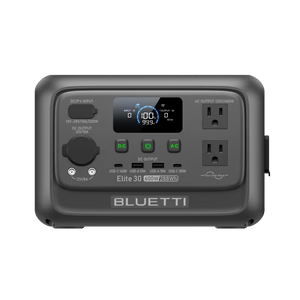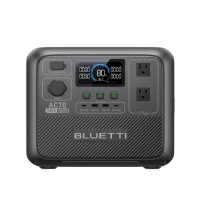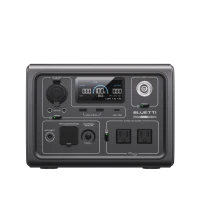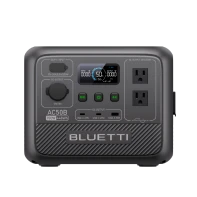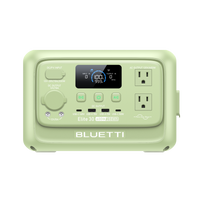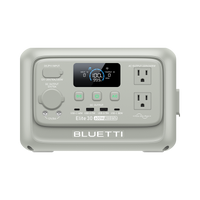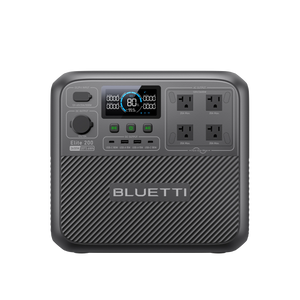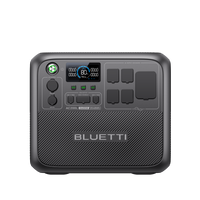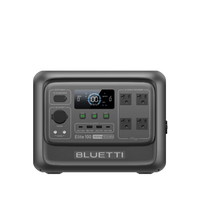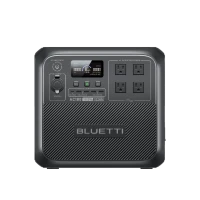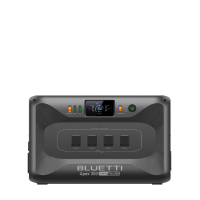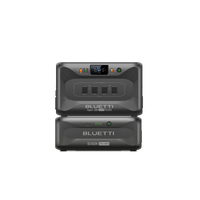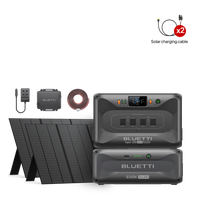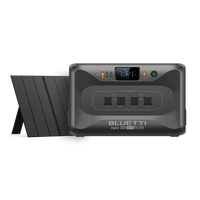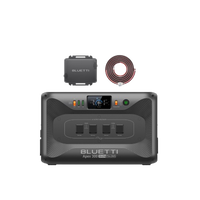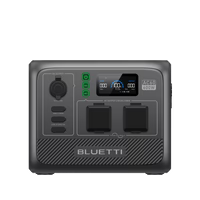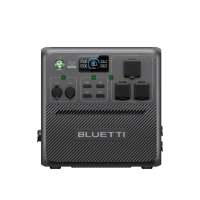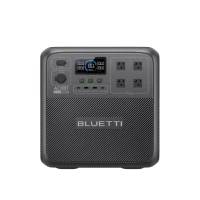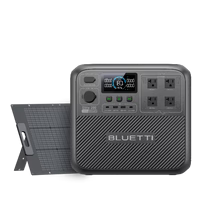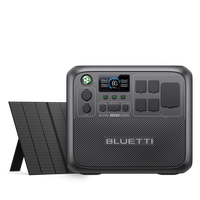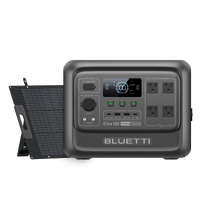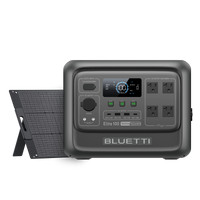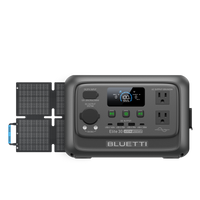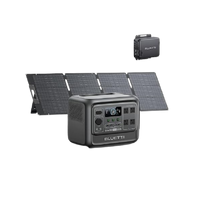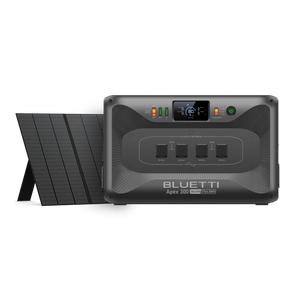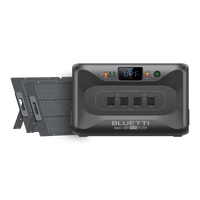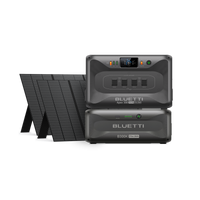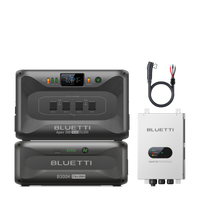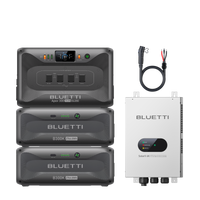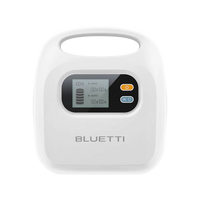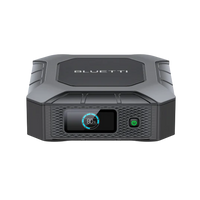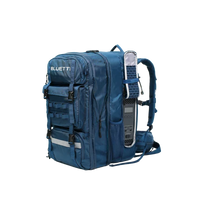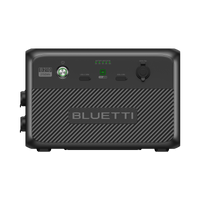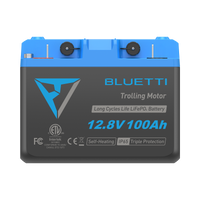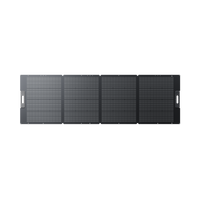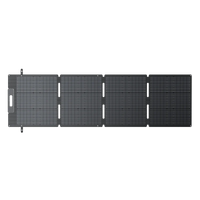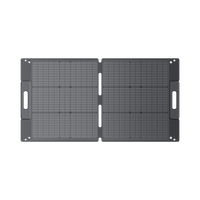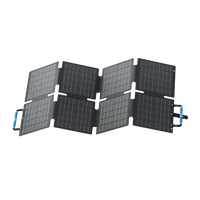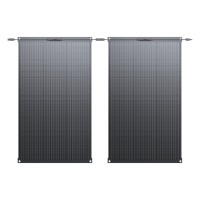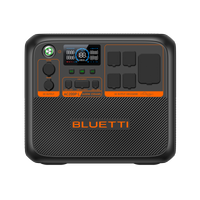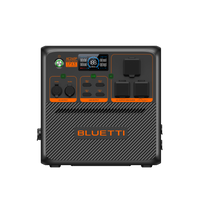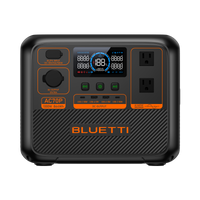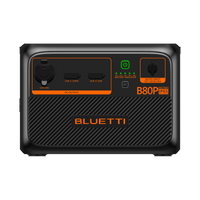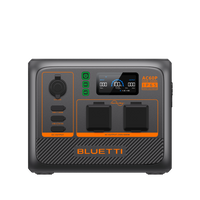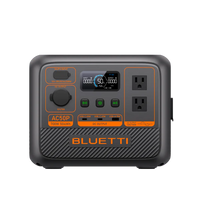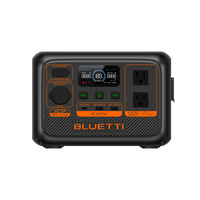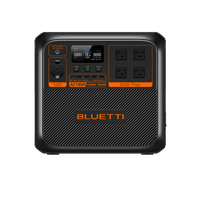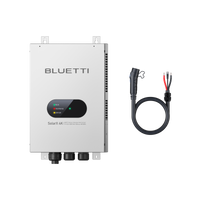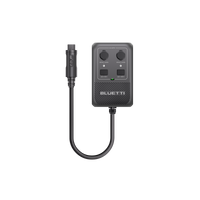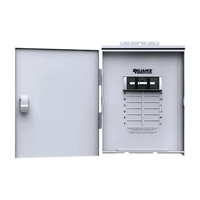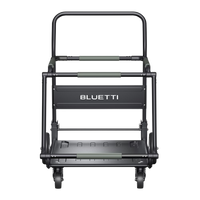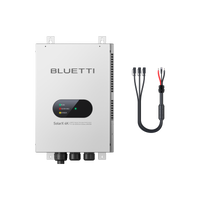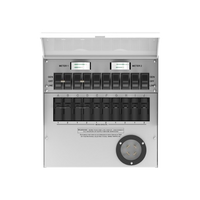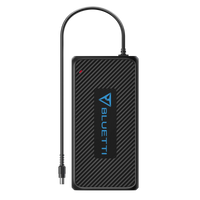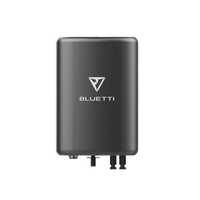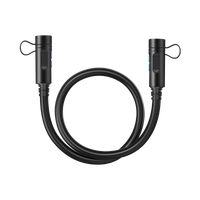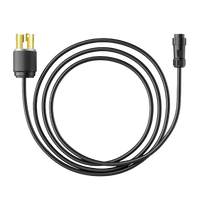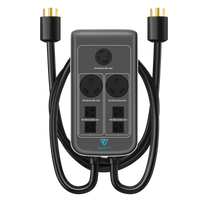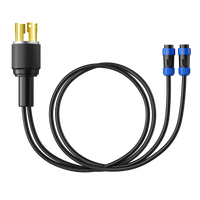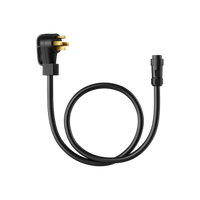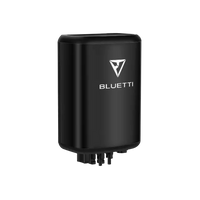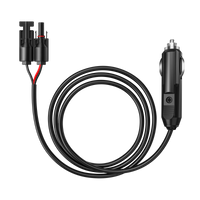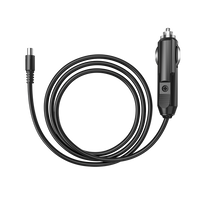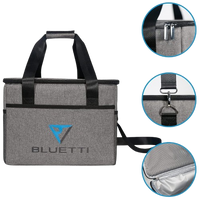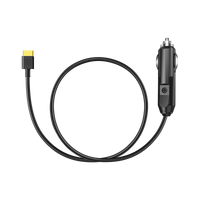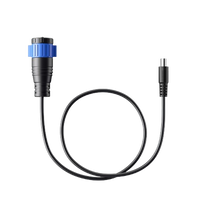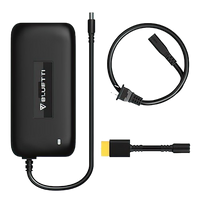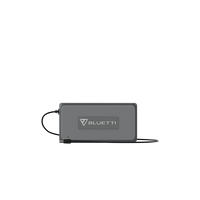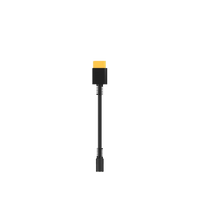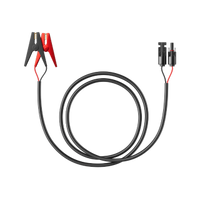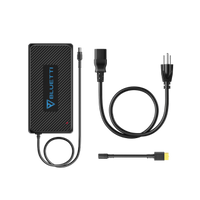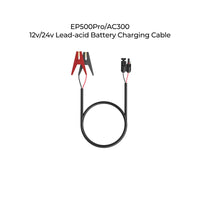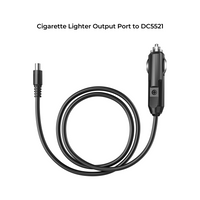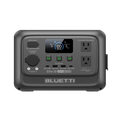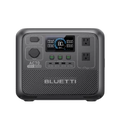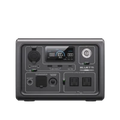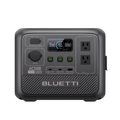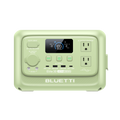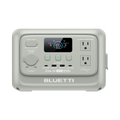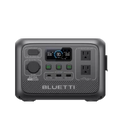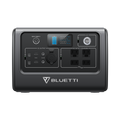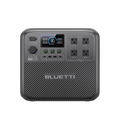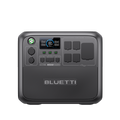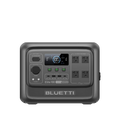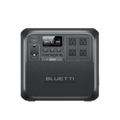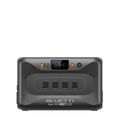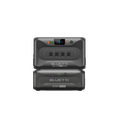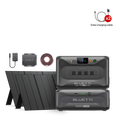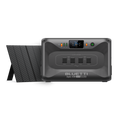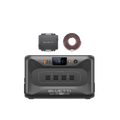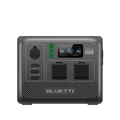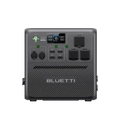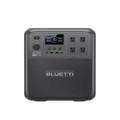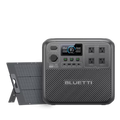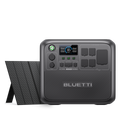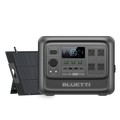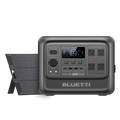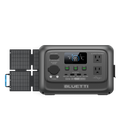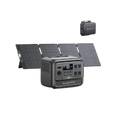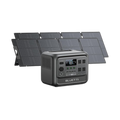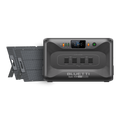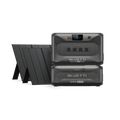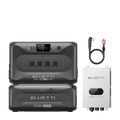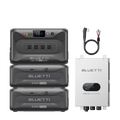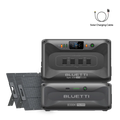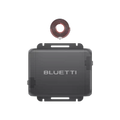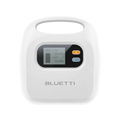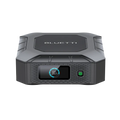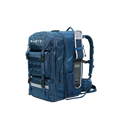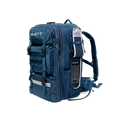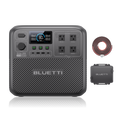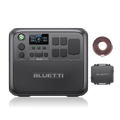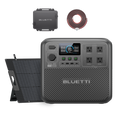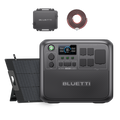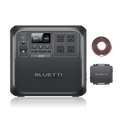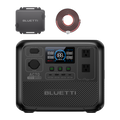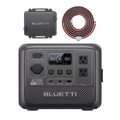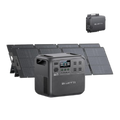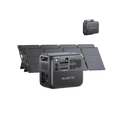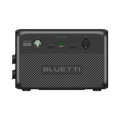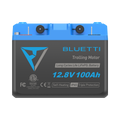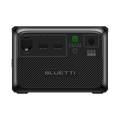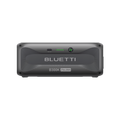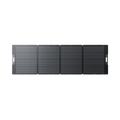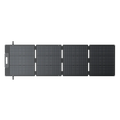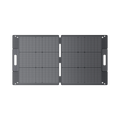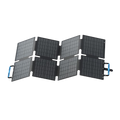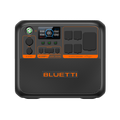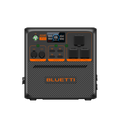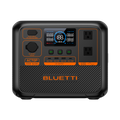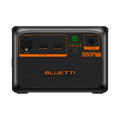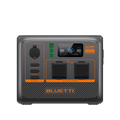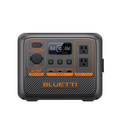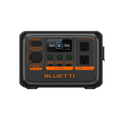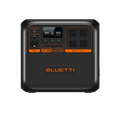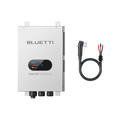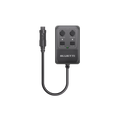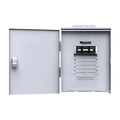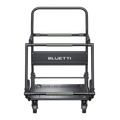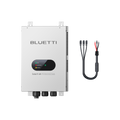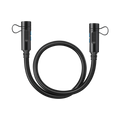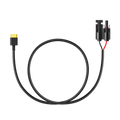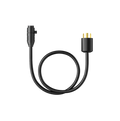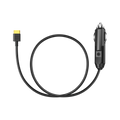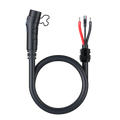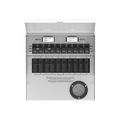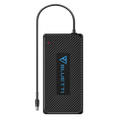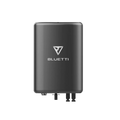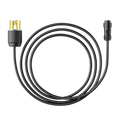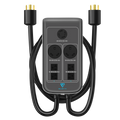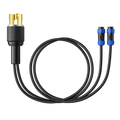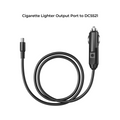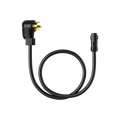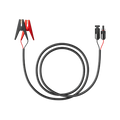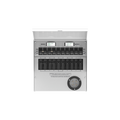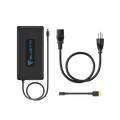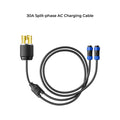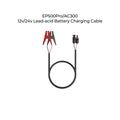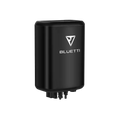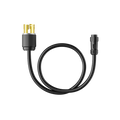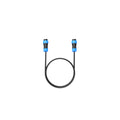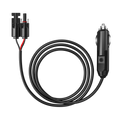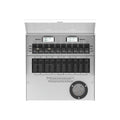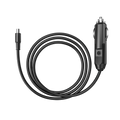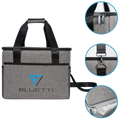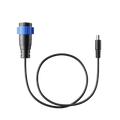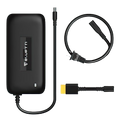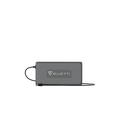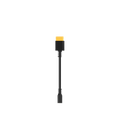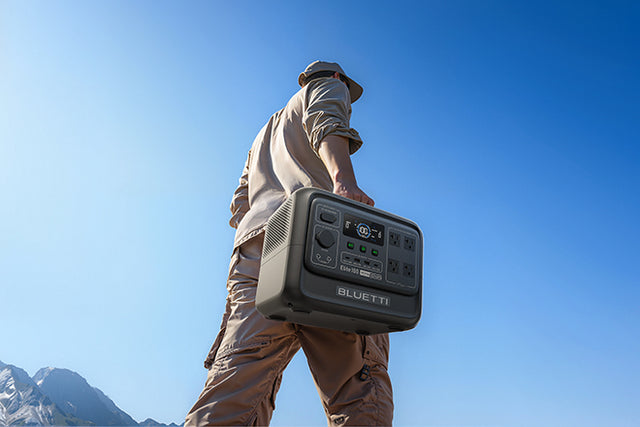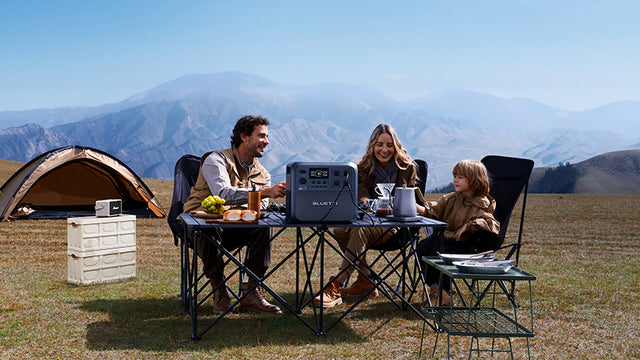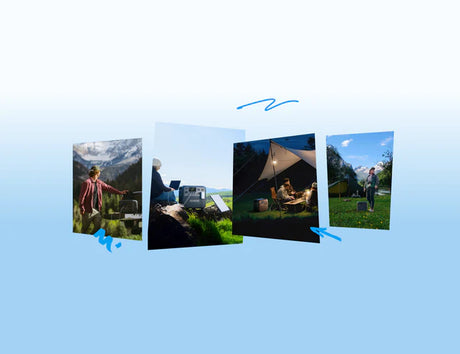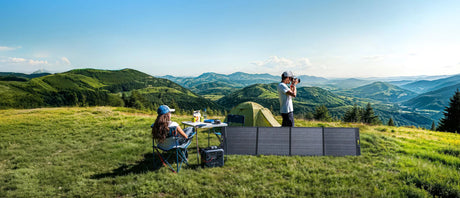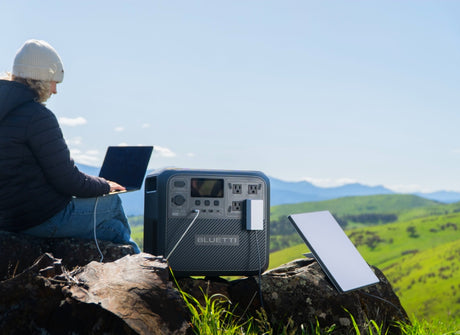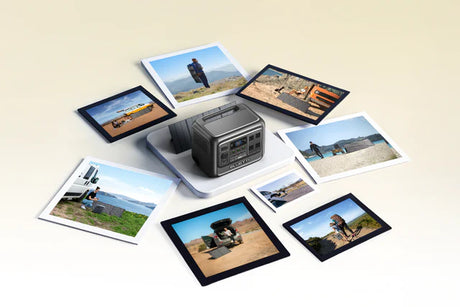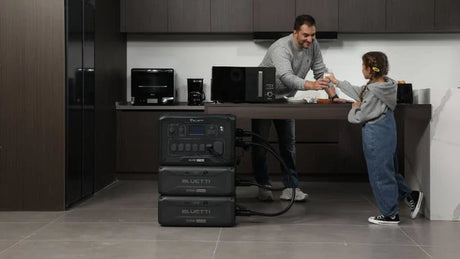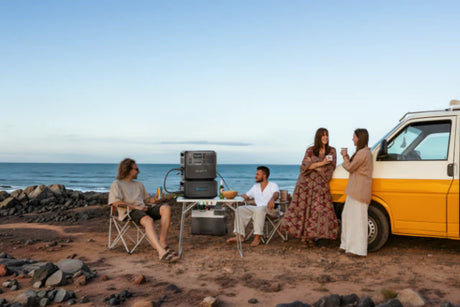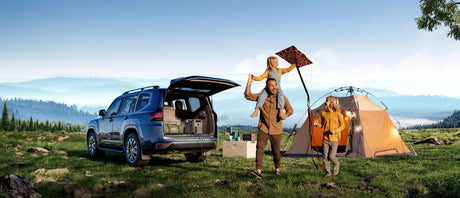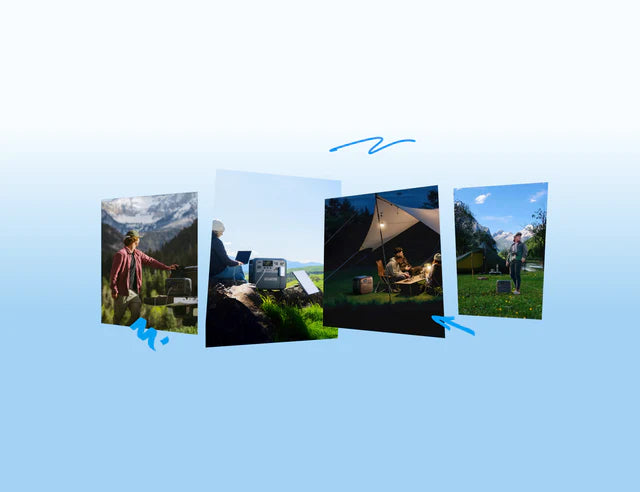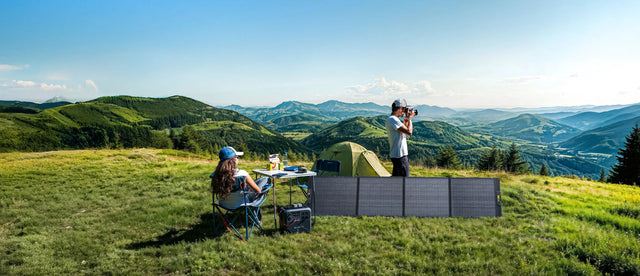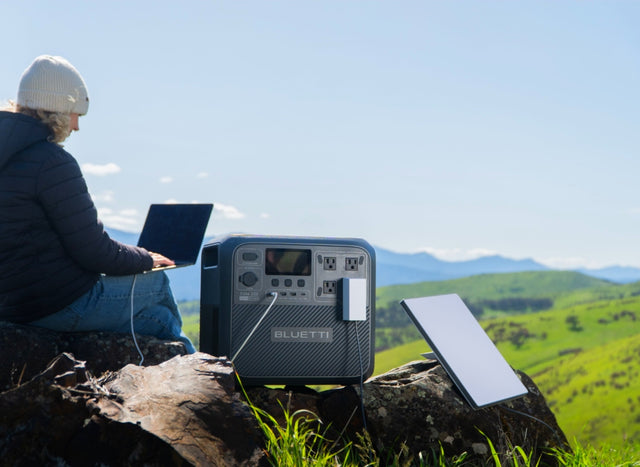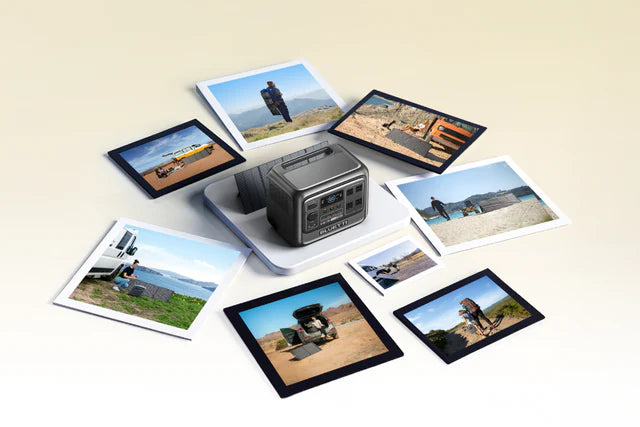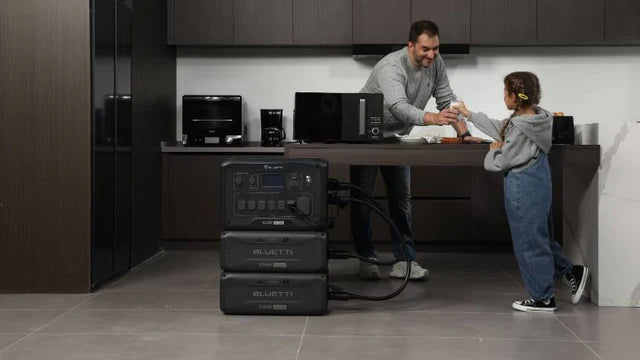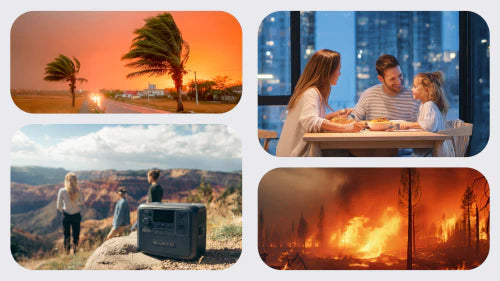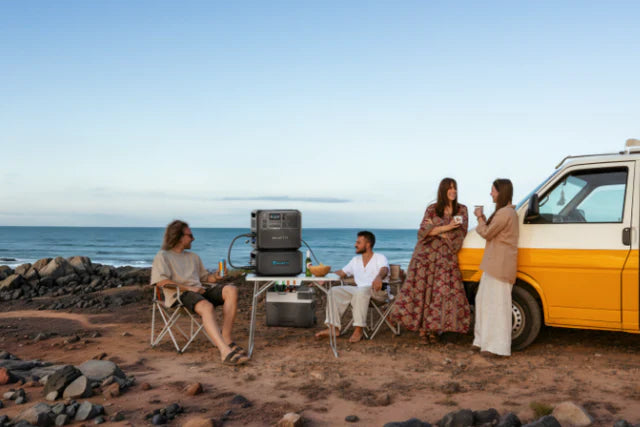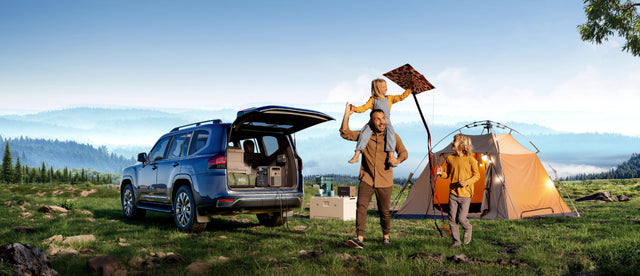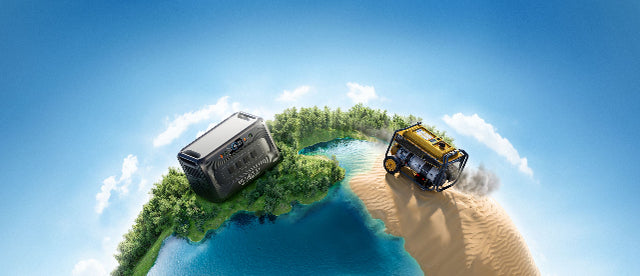More than 250,000 lakes, rivers, and other streams run through Ontario; each boasts one of its very own secrets. And yes, I've been there; sometimes one wonders whether he brought the right gear, but then he just gets to understand that in this place, almost everything bites.
Well, does it sound big? Perhaps. But do not believe me; time will tell, for you shall catch that first 10-pound walleye or see a muskie tail spank alongside your boat, and then begin thanking Ontario for all its finicky rules.
Best Neighborhoods for Anglers in Ontario
That's where the fun really starts. I've gathered all those must-visit spots around the province, some well-known and some hidden. About to tumble out a lot of practical stuff: access locations, species stock, best seasons, and a few pro tips (or warnings) locals whisper about.
1) Lake of the Woods (Northwest Ontario)
Imagine it: your home, Kenora. "A maze of rocky islands, cabbage beds, and reef after reef." Lake of the Woods is just huge, a romantic place land that you can fish in for years and not have to set a waypoint again. It's a multi-species playground: walleye, pike, smallmouth, lake trout, and really big-shouldered muskie, and the action runs strong from June through the end of September, with muskie really waking up as summer bleeds into fall; winter ice fishing can be excellent when conditions behave.
Getting there is very easy through Highway 17, and once you roll into town, you find public launches, marinas, full-service lodges, and, if you crave solitude, boat-in and fly-in outposts hidden away in quieter basins.
2) Bay of Quinte (North Shore of Ontario)
That's what Quinte means for the area just around Belleville and Picton-monumental walleye-related blowouts, stout late-fall fish that have you double-checking your weight. Most anglers troll continuously from mid-October into the intense cold, and just after the ice seals, the bay often again turns on to spoons and lipless baits.
Easier access with ramps and charters everywhere, rooms from practical motels to ice bungalows, plus you get the county food and wine scene for off-water hours. Bring precision trolling gear and read the walleye slots and seasonal notes before you keep anything; early or bad ice treacheries are bewitchingly treacherous due to currents, so local word-of-mouth becomes essential.
3) Algonquin Provincial Park (Central Ontario)
Among these waters is a delightful wonderland for canoe trip planning between Huntsville and Pembroke, valleys full of early morning loons, and the wildest of brook trout. Algonquin offers brookies and lake trout, and with them, fairly smallmouths, with the peak in summer for lake trout fishing, while trout fishing peaks during ice-out and again in autumn.
The borders are packed with outfitters renting canoes and pack barrels, as some waterways are under specific regs, warrant checking seasons, and tackle rules, limits before lacing up.
4) Lake Nipissing (northeast Ontario)
Shallow and sprawling and forever breezy, Nipissing looks before North Bay, with weed flats, timber, and miles of fishable shoreline for anglers. With slot restrictions on walleye, they remain a staple, as do largemouth, pike, and musky in the autumn, making for some great fireworks.
Summer is a bass and pike buffet; muskie peaks from September into freeze-up, and winter delivers a steady ice scene. There are public launches around the lake; rentals and guides are easy to find, and accommodations range from family resorts to housekeeping cottages.

5) Lake Simcoe (central Ontario)
About an hour north of Toronto is a paradox: ramp congestion but, in its own right, consistently trophy-caliber fishing. Smallmouth bass have gotten comically chunky here, while winter turns Simcoe into a destination for lake trout and whitefish.
You'll find ramps in every direction, hut operators during ice season, and a wide choice of motels and cottages for weekend strikes. Simcoe rewards timing, late spring through fall for bass and deep-water ice for trout and whitefish and punishes carelessness on warm spells when mid-lake ice thins quickly. Only stick to operator trails, check daily reports, and treat those big bronzebacks like the treasures they are.
6) Georgian Bay & Lake Huron
Granite islands and crystalline water with some scenery that makes one forget about lunch. From the outlet to Parry Sound, Honey Harbour, beautiful Georgian Bay, here trophy smallmouth bass and pike swim in an H-archipelago along with salmon and lake trout that are more typical of Huron proper.
Summer to late fall is prime for island bass and pike, while salmon stage later offshore; logistics are easy with marinas, parks, and experienced charter captains.
7) Rainy Lake (Northwest Ontario)
It is bordered by Fort Frances; the Rainy River fishes in all four seasons, spring brings walleye, summer-smallmouth and crappie; autumn is for muskie; and dead of winter shuffles back with the auger while the silence of snow sipping beneath your boots sings.
The launches are plentiful, and the resorts know the slot-size rules; read them well before putting that pan to the flame. This water is a boundary; therefore, mind the international line when either wind or fish takes you for a wide one. Locate those reefs, observe the currents, and then step up onto the lake in true Canadian Shield understanding: weather moves fast over the open basins, so plan an escape route-and pay attention to the flags on your docked boats for a quick read on the wind.
8) Lake Nipigon & the Nipigon River (North Ontario)
Deep and cold well to the north of Thunder Bay, very the whole unearthed nature: an inland sea to a legendary river famous for its world-class brook trout. In spring, the pike and lake trout come along the shores, while during summer and fall, the river gets a postcard treatment from all the fly anglers, with special regulations maintaining the resource. Not all waters carry this regulation.
It is road-accessible, but the main lake could be mean if the wind piles the big waves on her; usually, it would be very sage advice to hire the first time around. Near the river mouths and put-ins, there is commonly a cluster of lodges and cabins.

9) Grand River (Southwestern Ontario)
From the Dufferin Highlands all the way to Lake Erie, Grand acts like three rivers sewn together: the technical trout water up top, the middle float-friendly reaches, and the broad lower river giving walleye, smallmouth, pike, and seasonal steelhead, plus some occasional channel cats for surprise.
Those river stretches are often very short and will come with either special tackle or seasonal restrictions, so skim the regs before you wade.
10) Kawartha Lakes: South-Central Ontario
Lakes of the Trent-Severn Waterway-Balsam, Scugog, Pigeon, and Sturgeon-they border farmland but differ with a Shield-style mix of rock and cabbage that makes them picturesque for a mixed-species agenda.
Bass opener and fall might be as reliable as an entry for the muskie, mid-summer peaked before the cool-down; spring crappie in and out of the canals and marinas. Great road access, plenty of places to rent, and some very interesting accommodations, from family cottages to RV-friendly campgrounds.
11) St. Mary's River (Sault Ste. Marie)
Superior and Huron connect at the St. Marys legs, which gives it an aura of urbanity and machinery with the current really fast, migratory fish, and a species list reading rather like a sampler: Atlantic salmon, rainbow, lakers, walleye, plus chinook and coho when runs align.
Casting from the shore in town is doable, but the boat musters significant flow, hence boat handling skills are a must, while border awareness is non-negotiable. The runs usually peak from late summer into fall and are well endowed with lodging, guides, and an airport that makes the logistics surprisingly pleasant.
12) Spanish River & Whalesback Channel (North Channel of Lake Huron)
Spanish enters Lake Huron a little past Espanola and has quite a mix of walleye mid-May and June, and then changes around to smallmouths and pike along island points and channel seams. On these windy days, the shelter of Whalesback Channel is a blessing for the smaller boats, providing structure and protection from a rolling big lake.
Ramps, marinas, and supplies are near at hand, while motels, cottage resorts, and campgrounds cover every sort of travel style.

13) Quetico Provincial Park (Northwest Ontario)
Canoeing heaven is Quetico: motor-restricted and with more than 2,000 lakes west of Atikokan. Solitude then becomes the norm, by and large, and paddling is the toll of admission.
Walleye, lake trout, smallmouth, and pike are always on the menu, but also summer bites for bass and walleye, and the special ice-out pockets for trout, and the spring spots for crappie.
While there's one permit to track down, some portaging, and more than a few barbless or single-hook regulations on sensitive waters, outfitters can take care of canoes and food packs if you want to paddle light.
14) Ottawa River-Eastern Ontario
The Ottawa River, which runs for 1,200 kilometers between Ontario and Quebec, is a spectrum. City skylines near Ottawa/Gatineau, followed by a long, wild stretch with shallow shoals that demand respect.
Main species are walleye, smallmouth, pike, and muskies, with weird-but-wonderful channel cats and gar. Spring gets them running, summer brings weed and top-water explosions, while autumn signifies serious muskie hunting.
Regulations, Safety, and Travel Tips
Now let’s see some safety travel tips:
Know the Rules Before You Cast
Always double-check the Ontario Fishing Regulations Summary for the zone you're fishing in. It seems that seasons, size slots, and gear restrictions can change from year to year, mid-season, even.
Maps Save Props (and Trips)
Some areas with heavy waters, like Georgian Bay or Lake of the Woods, are also known to be the destruction grounds of props. Whether it's a good map or chartplotter, none is an option; it's safety equipment. Download offline maps or run a GPS unit before heading out.
Hire a Guide for the Big Ones
Again, on Lake of the Woods or Nipigon mega-systems, it's very well worth it to have a local guide for day one. You'll gain patterns for the lake and avoid wasting hours tinkering with prop repairs.
Respect the Resource
These trophy fish in Ontario are something special. Take a pic fast, practice careful, as well as fast, releases with barbless hooks where regs require them. The notoriety of the world-class water remains for conservation purposes.
Stay Powered Up with BLUETTI
These days, modern fishing isn't just rods and reels-it includes smartphones, GPS units, fish finders, cameras, and even portable cookers for shore lunch. That is what makes BLUETTI power stations shine:
BLUETTI Elite 30 V2
The BLUETTI Elite 30 V2 is small (4.3 kg), exceptionally quiet, and handy for day trips when you just need to run phones, cameras, or lights.
- 600 watts of output means charging your smartphone while running a small LED lantern is easy, as both AC and DC devices can be charged at the same time.
- Charging via USB-C at 140-watt fast charging means you are charging that laptop from barely alive to almost fully charged in the shortest of times.
- Elite 30 V2 is seemingly designed for single-day trips-Lightweight, inconspicuous yet powerful enough to keep your lifeline gadgets alive.
BLUETTI Elite 100 V2
The BLUETTI Elite 100 V2 packs some serious punch, offering enough juice for a fridge, lights, or even a TV at camp. Plus, it picks up solar recharge in the event of a multi-day adventure off the grid.
- While in your favour, it stores enough juice to do damage against you-Rugged enough to run a mini-fridge or put forth some LED lights throughout the entire night, or even operate a TV in an RV setup.
- Sturdy appliances-powering at 1,800 watts continuously. So you can run multiple gadgets all at the same time with no worries about overloading.
- And all of that power, constructed to take the knocks and bumps of working remote fishing sites, is delivered quietly (30 dB).
Conclusion
Ontario is not just another destination for fishing or all that a person traveling to a fishing destination would have: It's for having it entirely different. One day, it feels as if you're lost at sea; the next, it's just you, a canoe, and a trout rousing in a silent back bay.
That is the truth, though: Ontario spoils you. But come prepared--my license in pocket, my regs in head, and some extra lures for that one last cast just in case, because that is when Ontario really likes showing off.
